
Home » Meet the Breed: Five Things to Know About the Pyrenean Mastiff
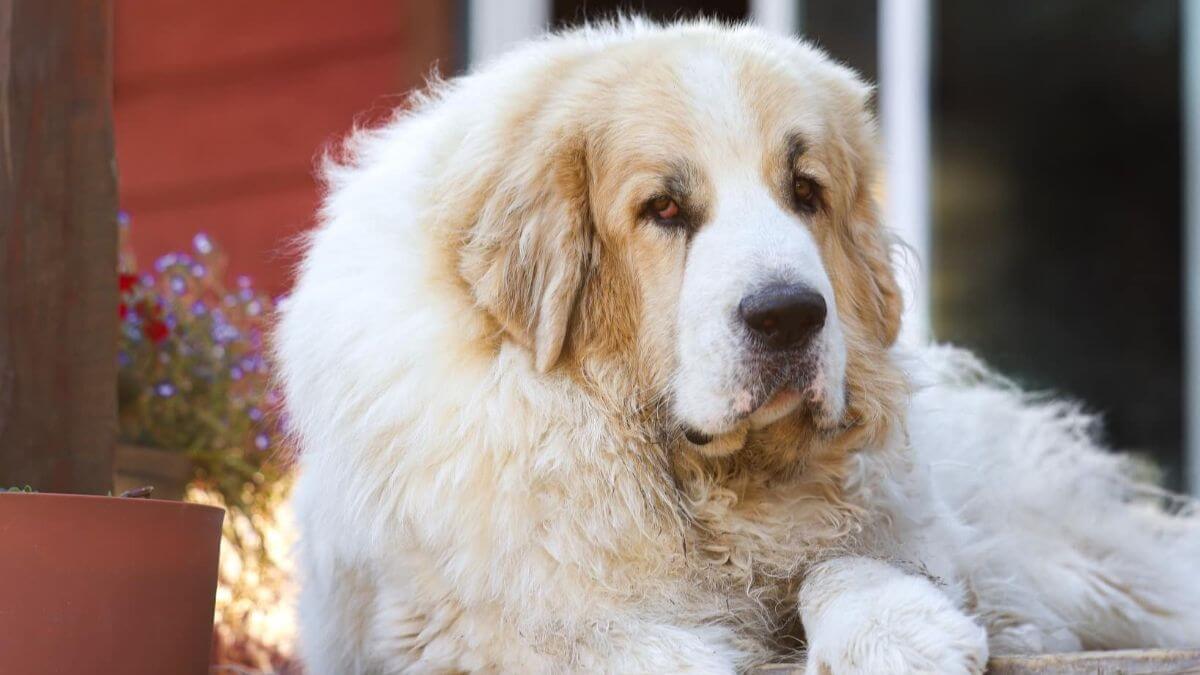
Photos provided by the Pyrenean Mastiff Association of America.
There are a number of dog breeds that fit the phrase “Gentle Giant,” and one of those that could be considered a hidden gem is the Pyrenean Mastiff. Similar in appearance to the widely beloved Great Pyrenees, the Pyrenean Mastiff is truly a dog of its own. The breed derives from the region of Aragon, Spain, and was bred to guard livestock and property, taking on the nomadic lifestyle of many of its caretakers.
The Pyrenean Mastiff’s numbers suffered in correlation with the number of large predators declining in the 1940s, causing there to be less use for the breed. Since then, while this is still a rare breed, preservation efforts have been made with some level of success. The breed still functions in its original purpose, while also serving as an impeccable companion.
The Pyrenean Mastiff hit United States soil in 1996 and started to gain popularity circa 2010, and preservation efforts actively continue. If this sounds like a breed that you would be interested in introducing to your family, here’s a look into five things you’ll want to know.
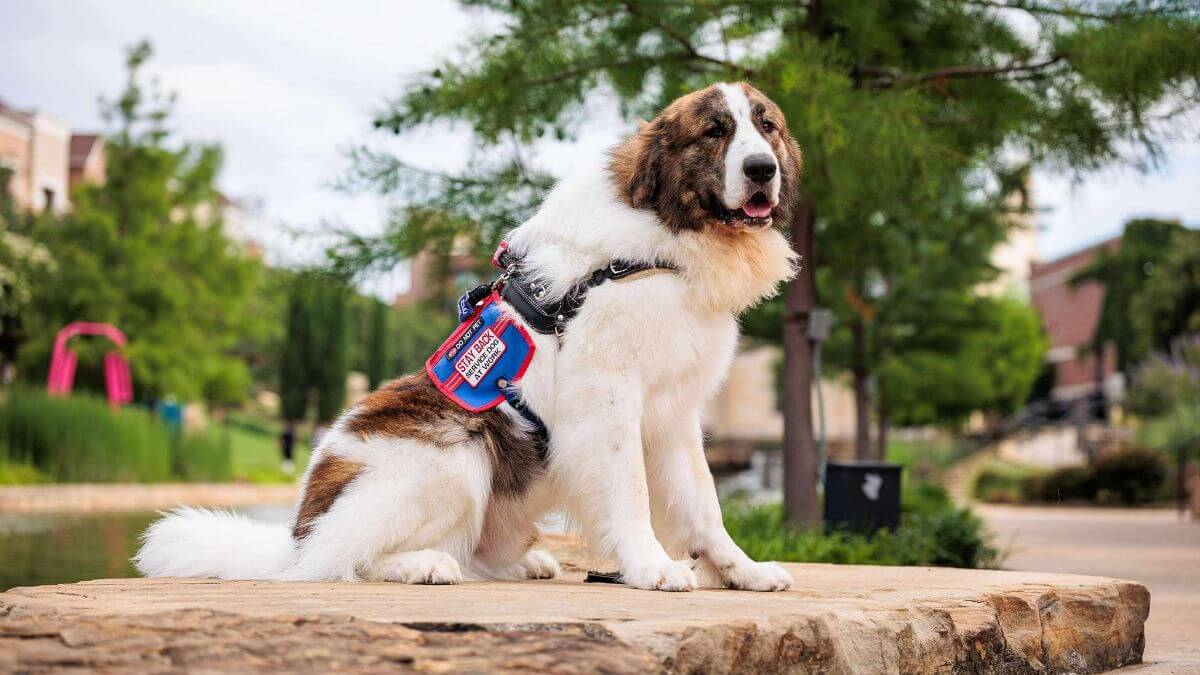
The Pyrenean Mastiff has a mind of its own and requires a unique training style, but the breed is highly intelligent and can be taught to do several things. Training during the first year of the dog’s life is critical, and will determine if you end up with an eager-to-please worker or an individual that gives its time to you on its own accord. “They are definitely not like your Golden Retrievers or Labrador Retrievers,” Karina Whittington of the Pyrenean Mastiff Association of America says. “It is important when training the Pyrenean Mastiff that you have a good sense of humor, know how to bribe, and can accept compromise. The Pyrenean Mastiff tends to enjoy being the class clown when it comes to training, but if the payment/reward is right they are eager to please.”
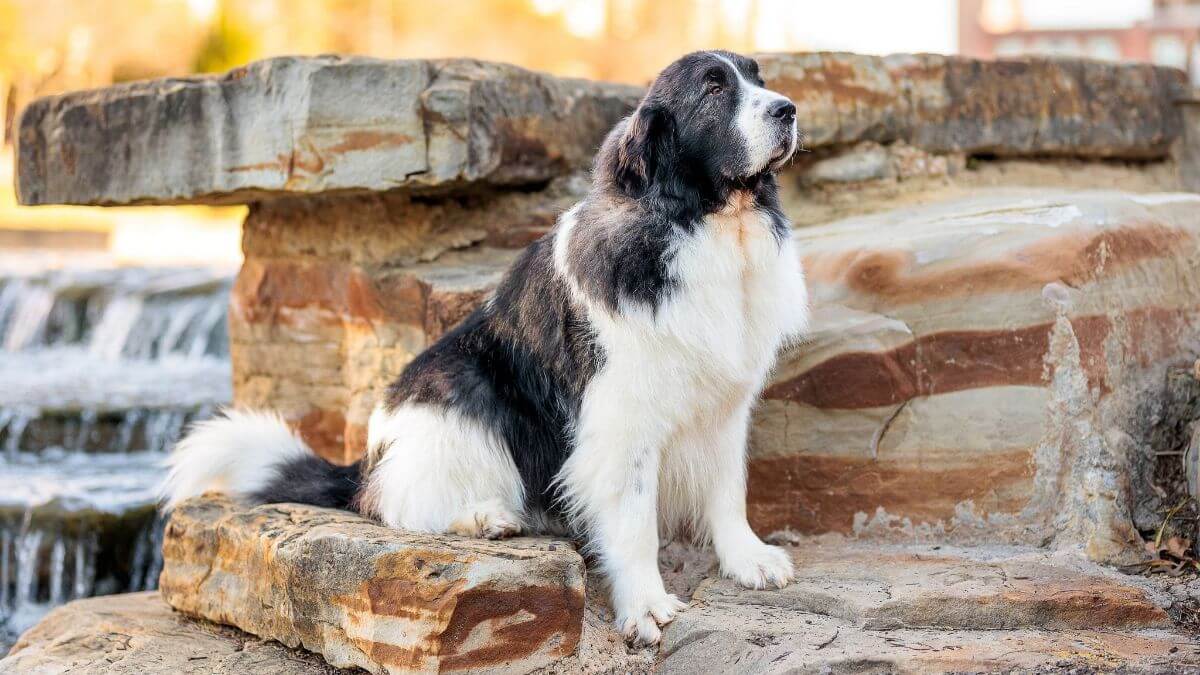
There are multiple breeds that resemble the Pyrenean Mastiff that are only for experienced owners who have owned bigger dogs with a naturally aloof nature, but those with a lesser amount of experience could find themselves compatible with this breed. According to Whittington, owners do need to be prepared for a self-sufficient dog that can get one over on them. “The Pyrenean Mastiff is a livestock guardian and is independent by nature, which means they are prone to thinking for themselves,” she explains. “This requires an owner who understands managing and training a dog that can potentially outsmart them. While the Pyrenean Mastiff is a gentle, easy-going breed, they still have instincts that drive them, which can include being protective of their home, barking at perceived threats, and resource guarding.”
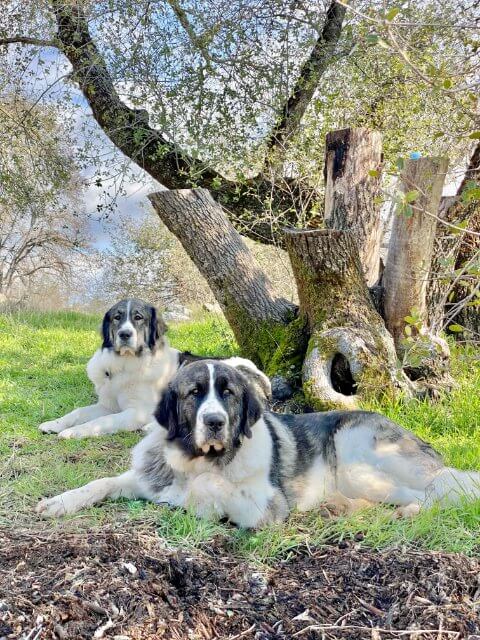
While the Pyrenean Mastiff requires adequate exercise, like all breeds do, this isn’t going to be your regular running companion that you train with, day in and day out. Instead, it is one that prefers to lay under your desk as you get work done, though it does enjoy the occasional romp outdoors. As their history would imply, while they do enjoy their family time, they also have the instinct for keeping watch over their home. “The Pyrenean Mastiff reserves their energy until it is needed and is not a highly active breed, unless engaged in an activity with their owner, and are content lounging about during the day,” Whittington shares. “Many owners enjoy hiking with their dogs, participating in Therapy Dog work, or going out to dog-friendly venues with their Pyrenean Mastiffs.”
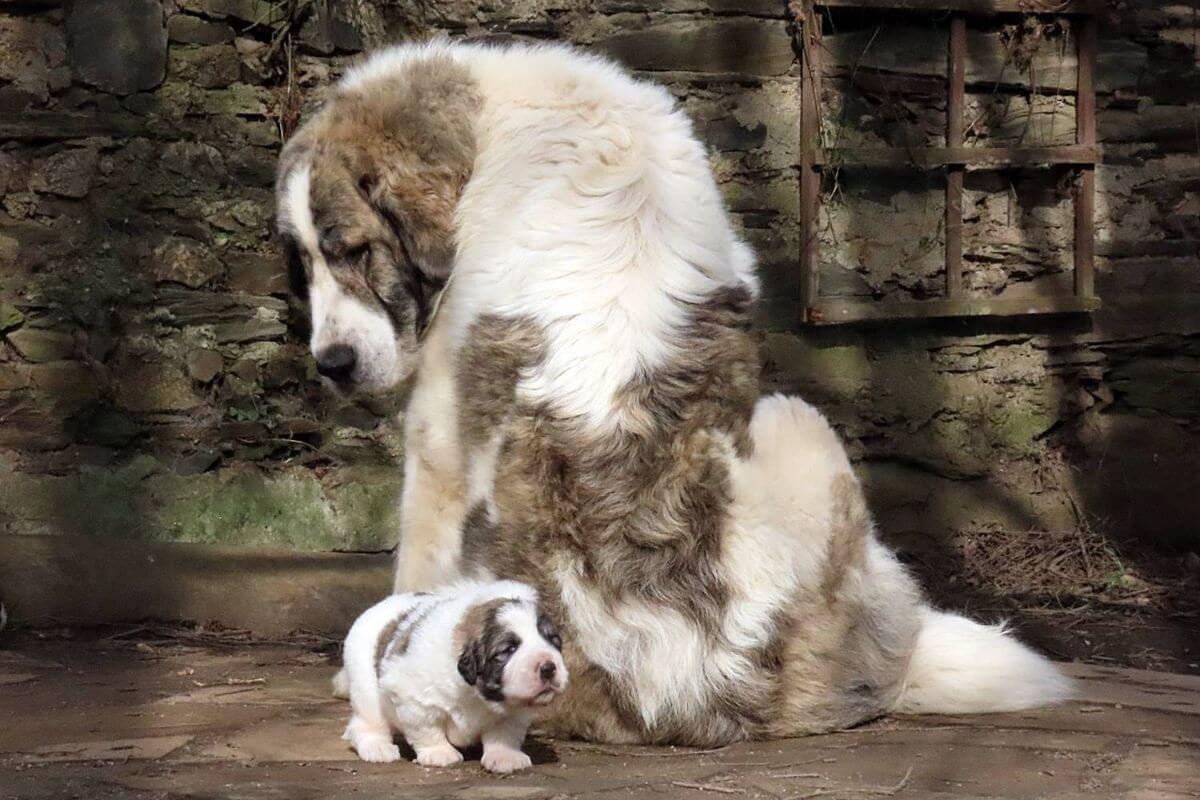
It’s no secret that this is a bigger breed. It is important for prospective owners to understand just how huge this dog actually is, regardless of gender, before bringing one home. The female Pyrenean Mastiff averages between 115 and 140 pounds, with a height of 28 to 31 inches at the withers, while the males average between 130 to 180 pounds, with a height averaging 30 to 33 inches at the withers. However, as Whittington notes, there are occasionally outliers on either end of the spectrum.
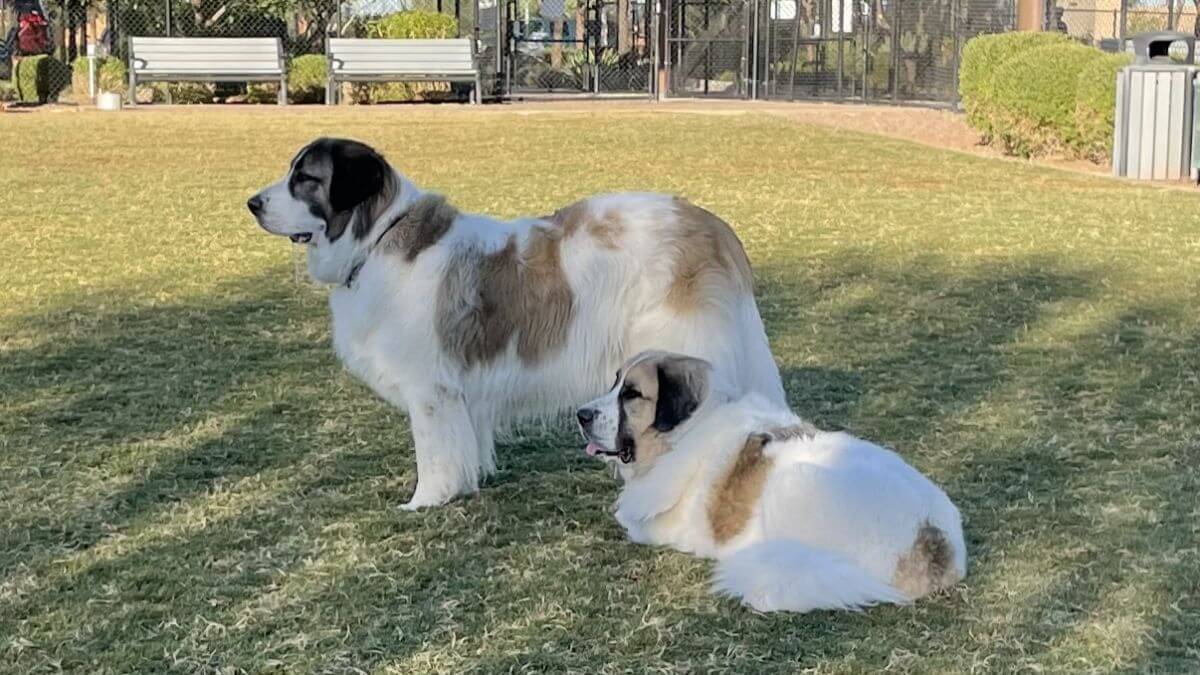
If you have experience grooming a double-coated breed that drops its coat twice a year in the spring and fall seasons, there will be no curveballs here in regards to what it takes to keep this breed’s coat in condition. Once a week brushing, while keeping an eye out for mats, particularly behind the ears where the hair is softer, will do the trick. And blowing the coat out with a dryer on a regular basis will help to take care of any dander and dust. And remember, nails should also be managed biweekly to keep them at the appropriate length.
